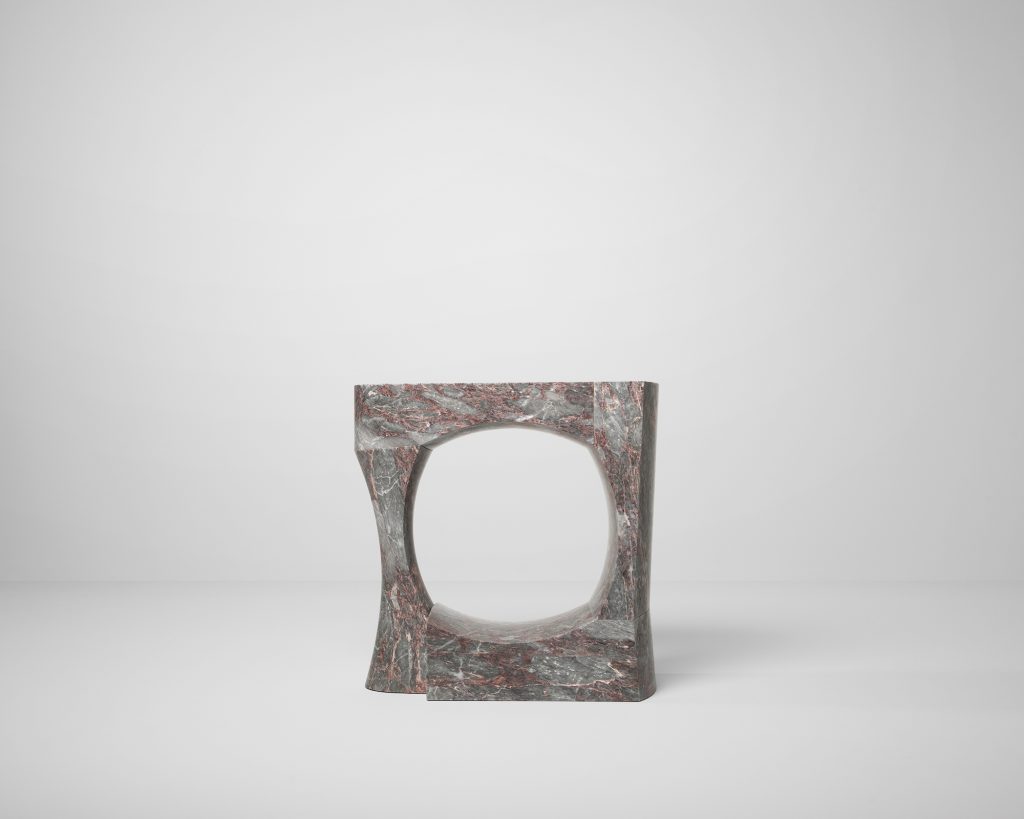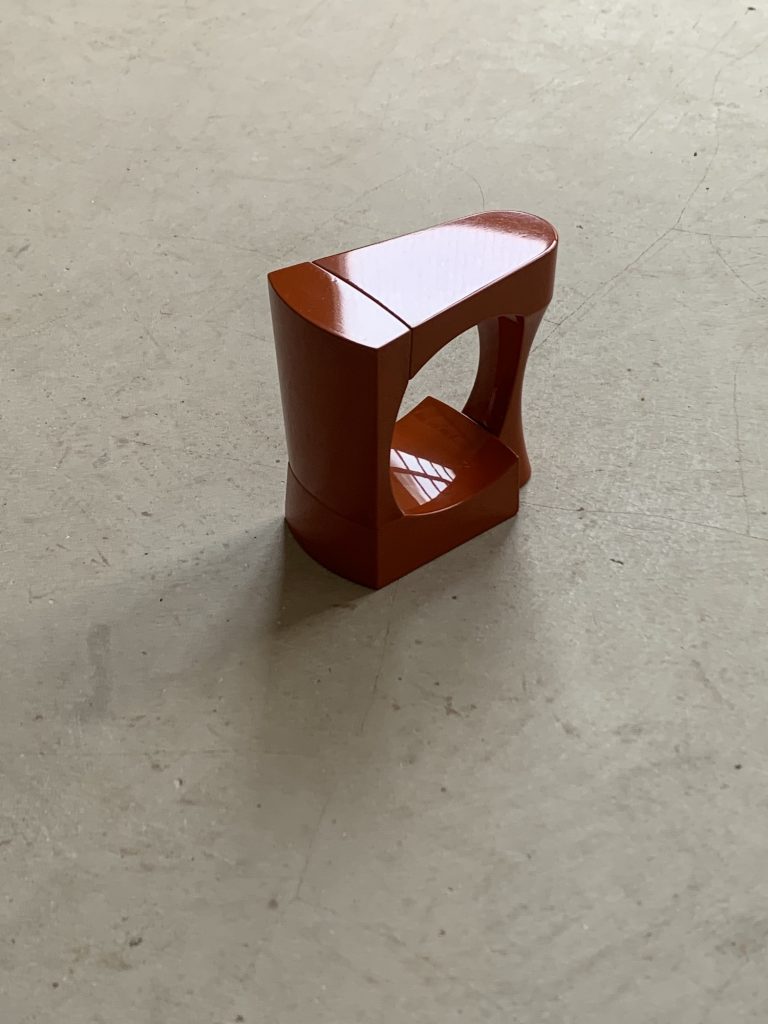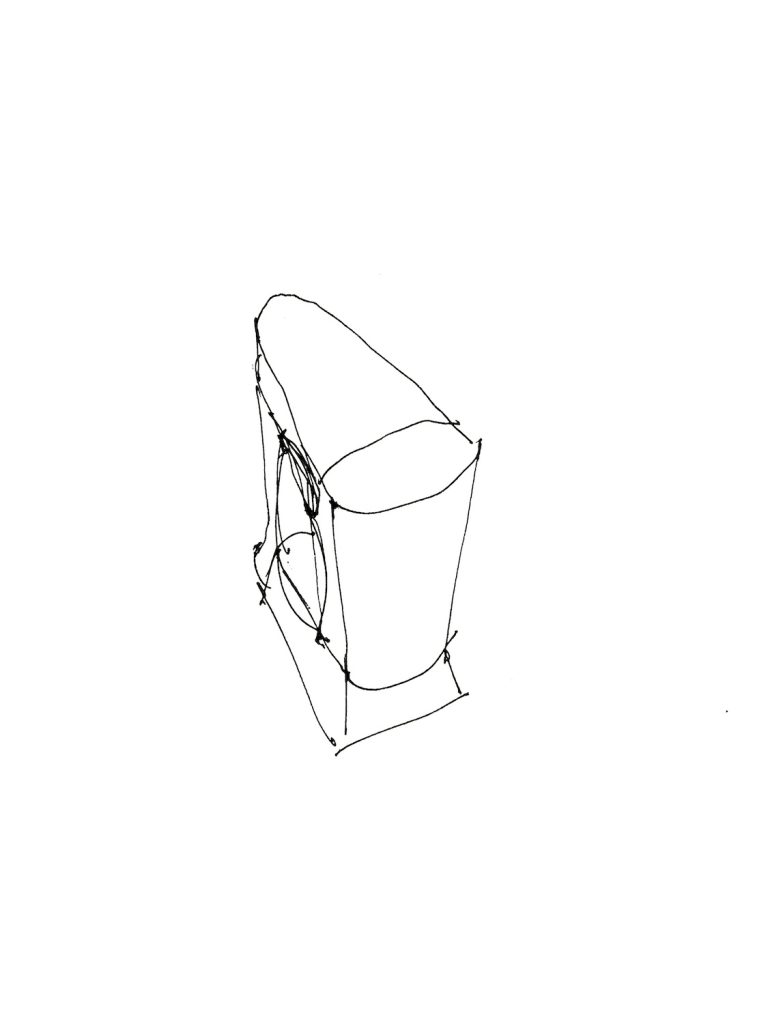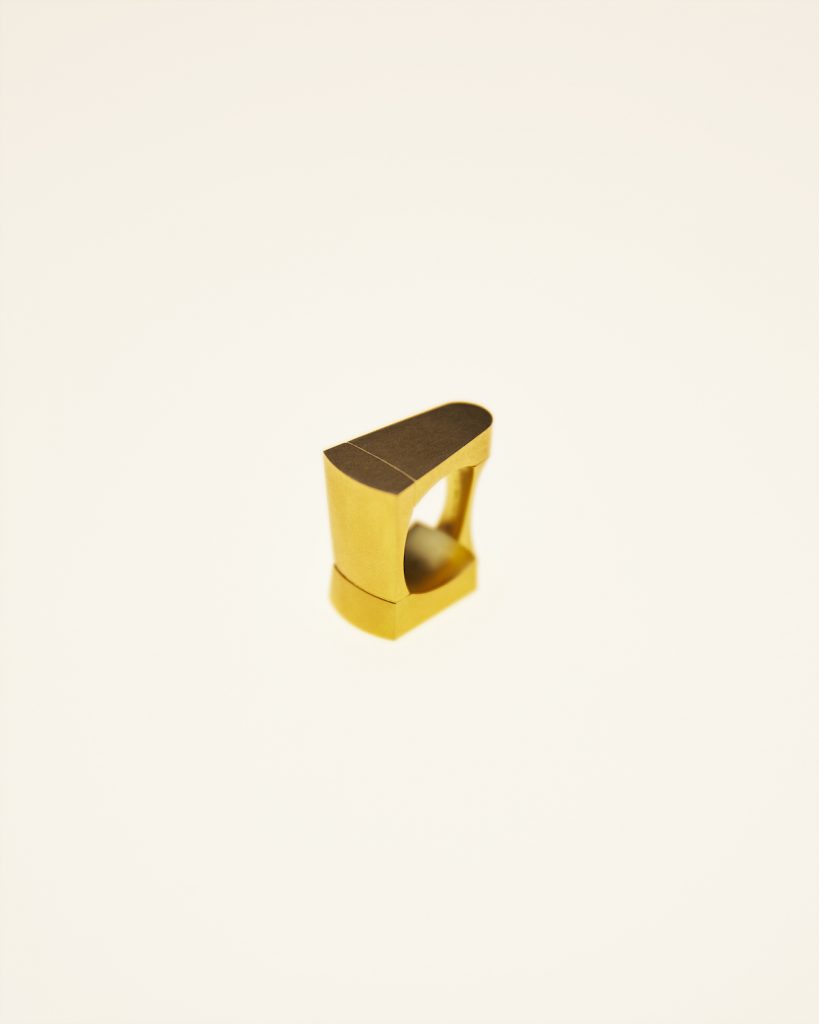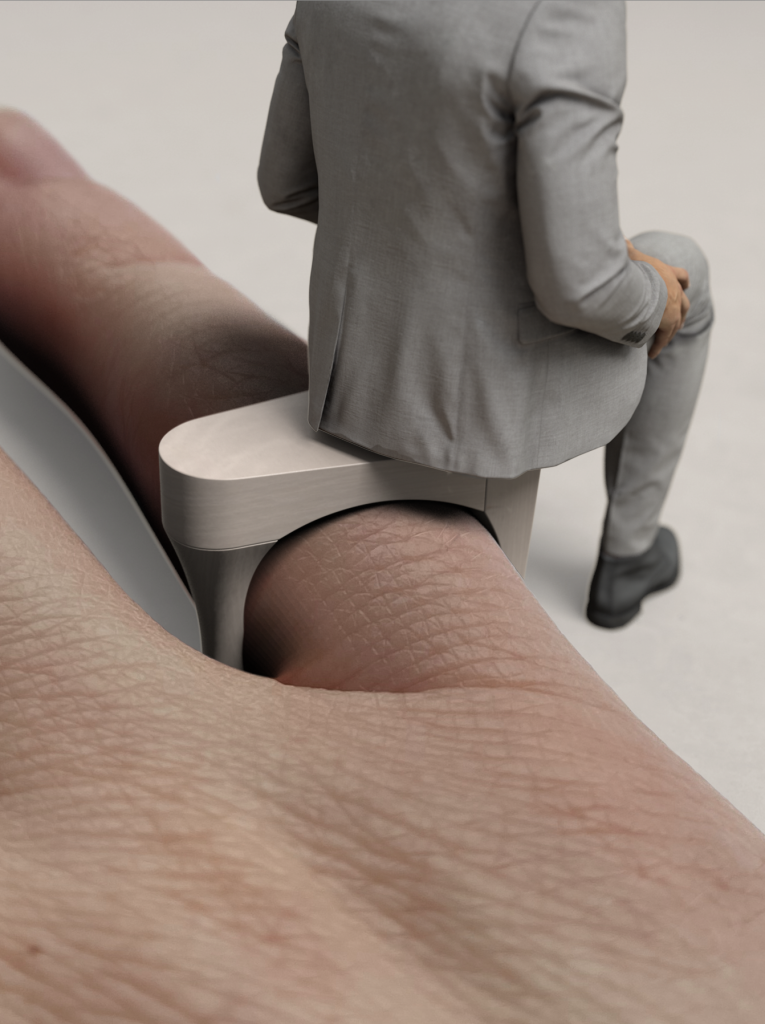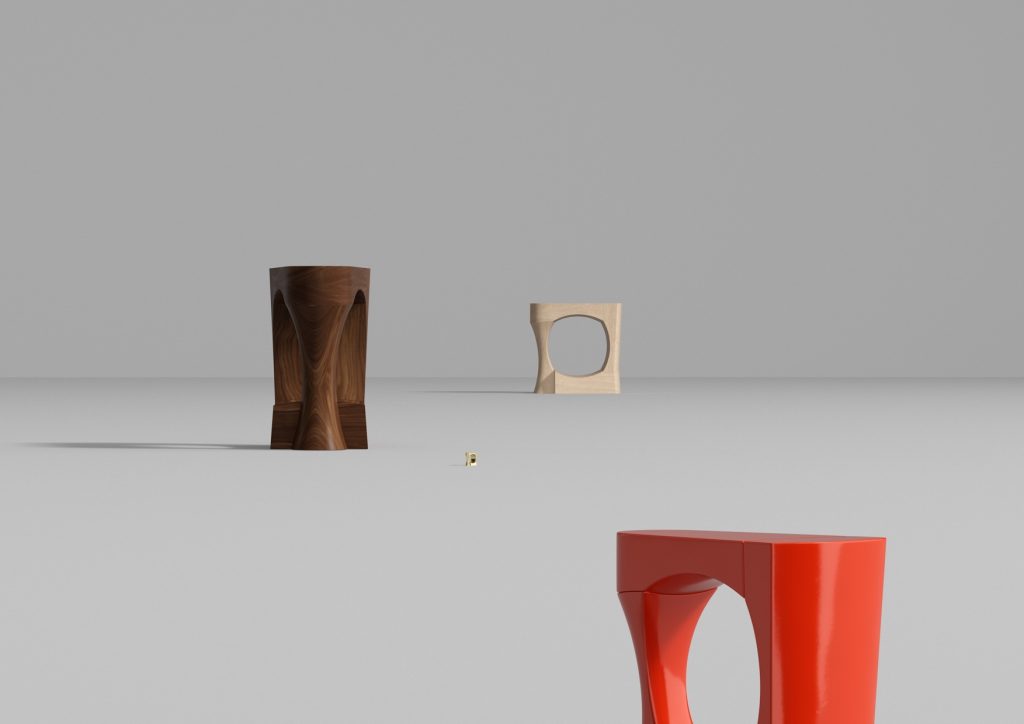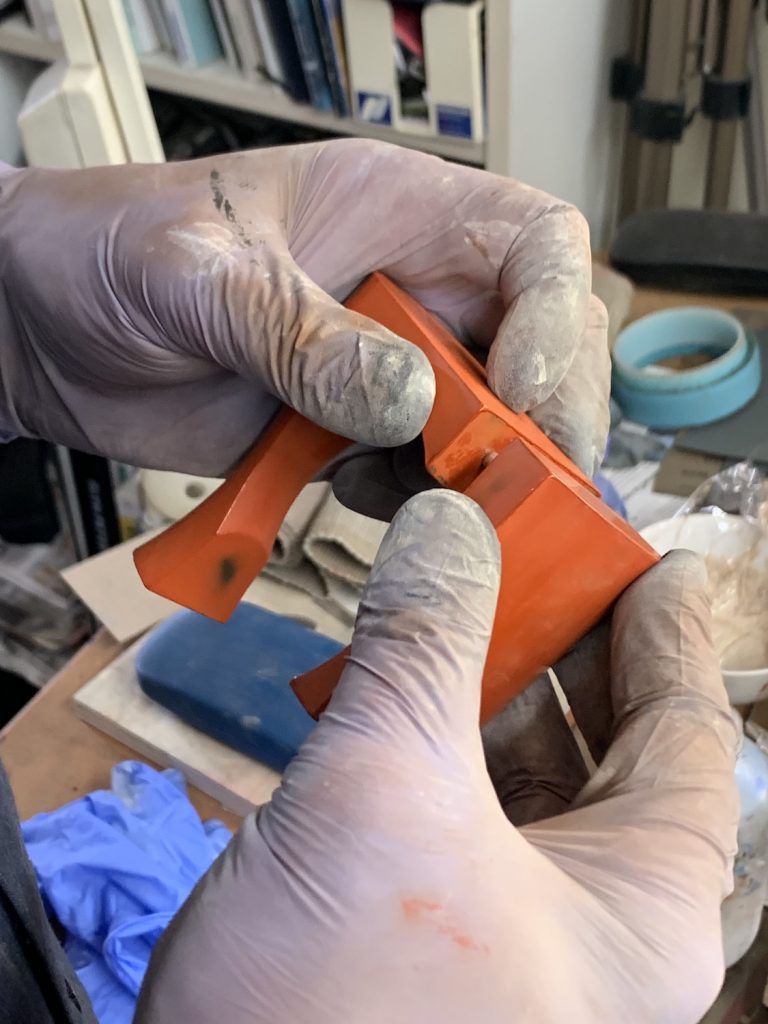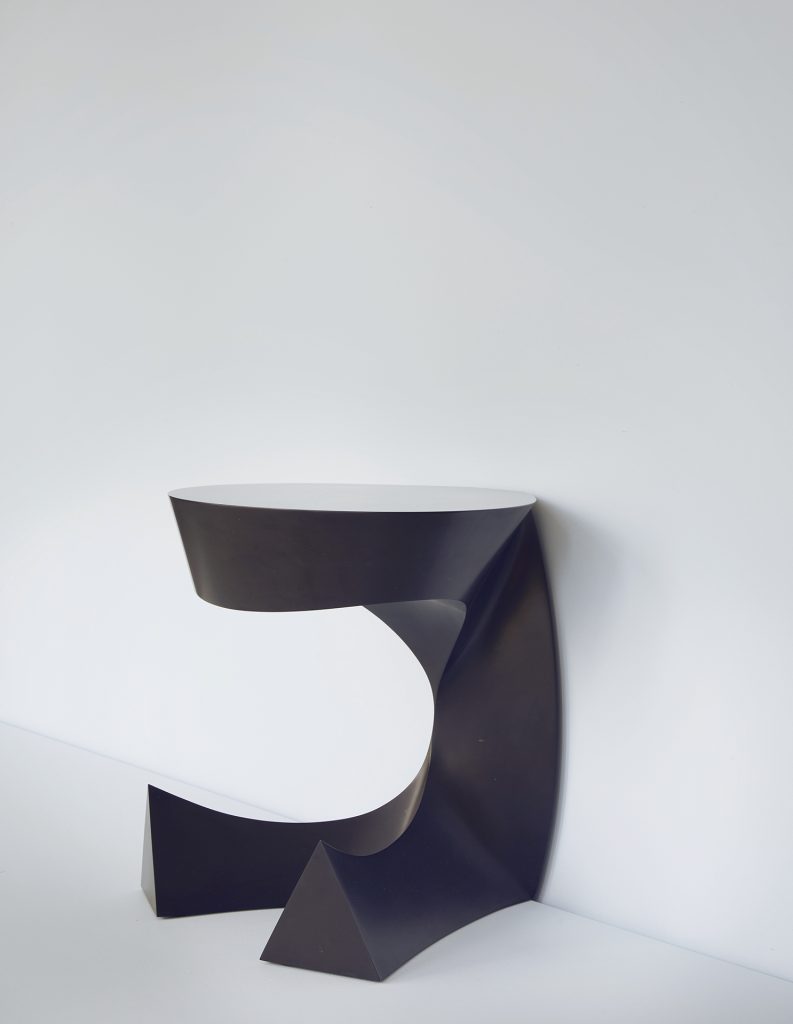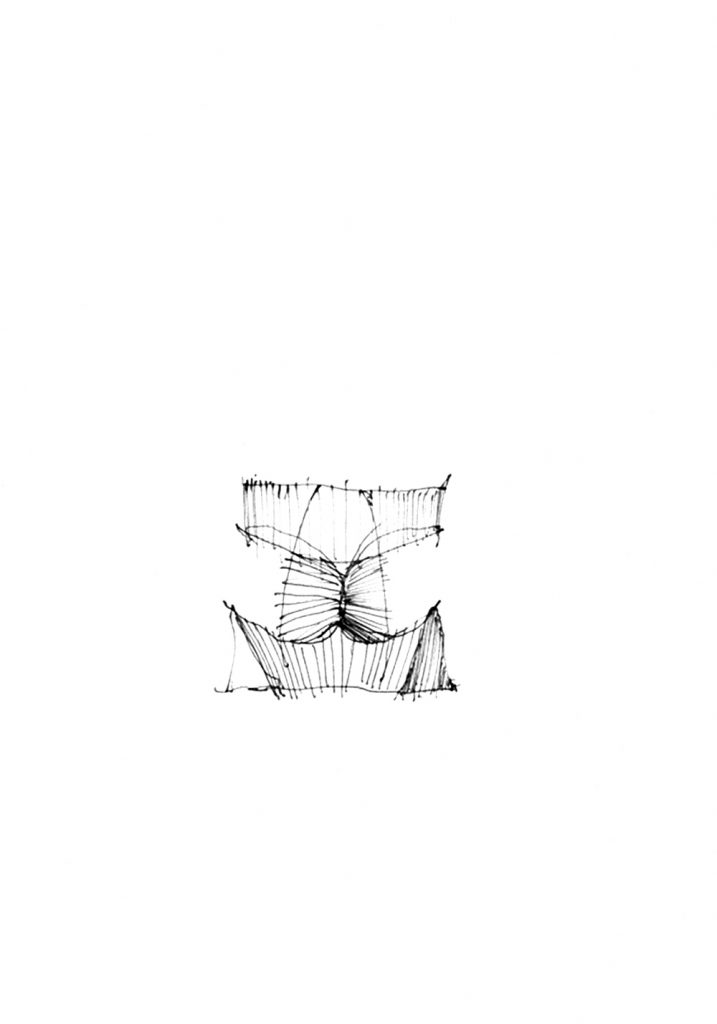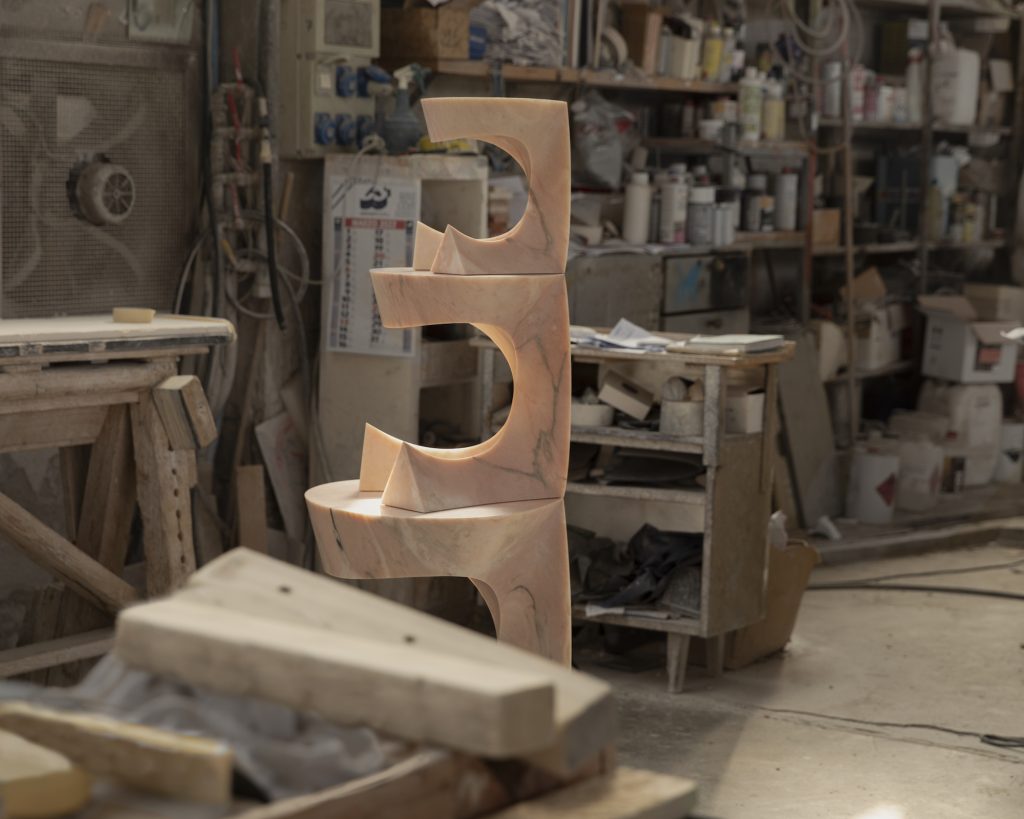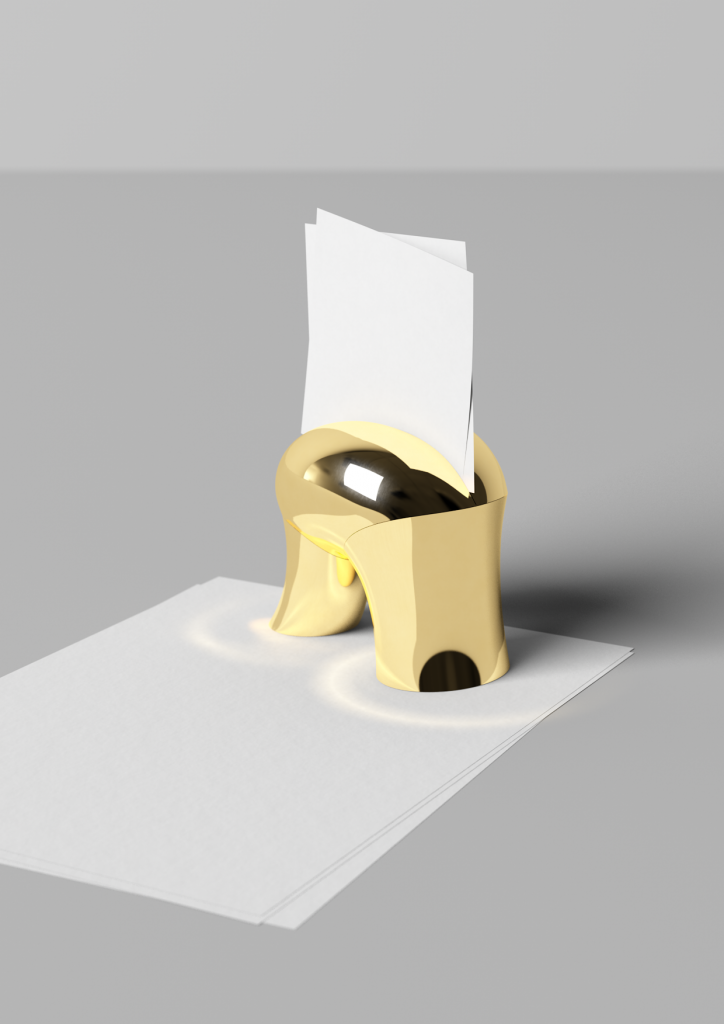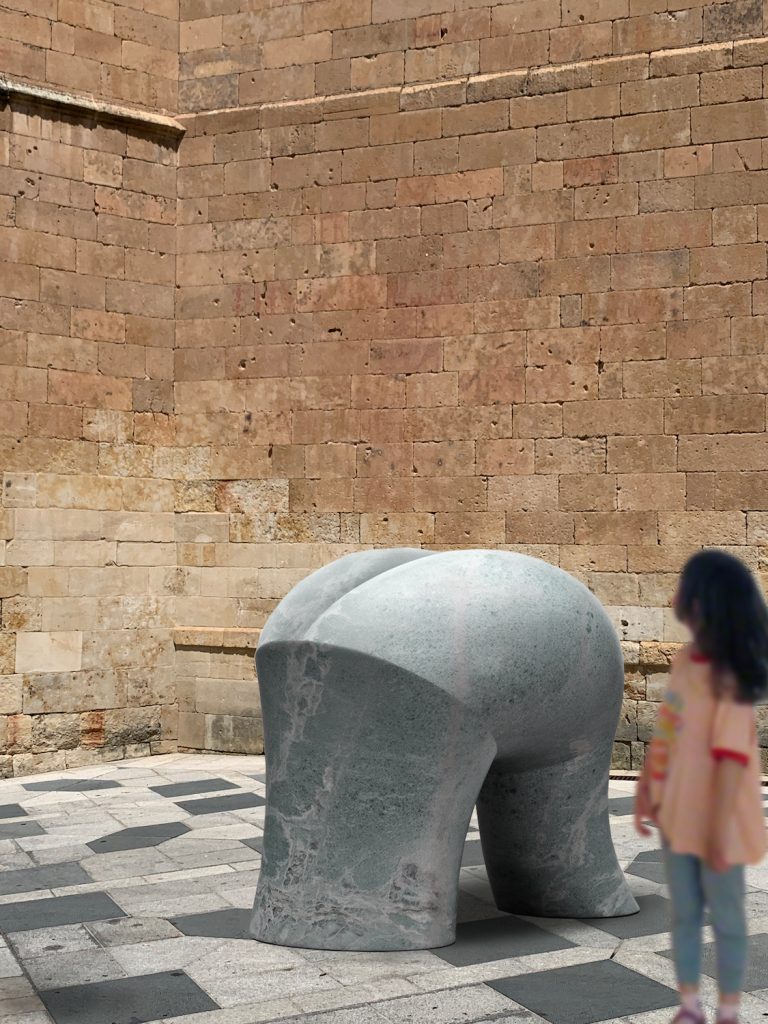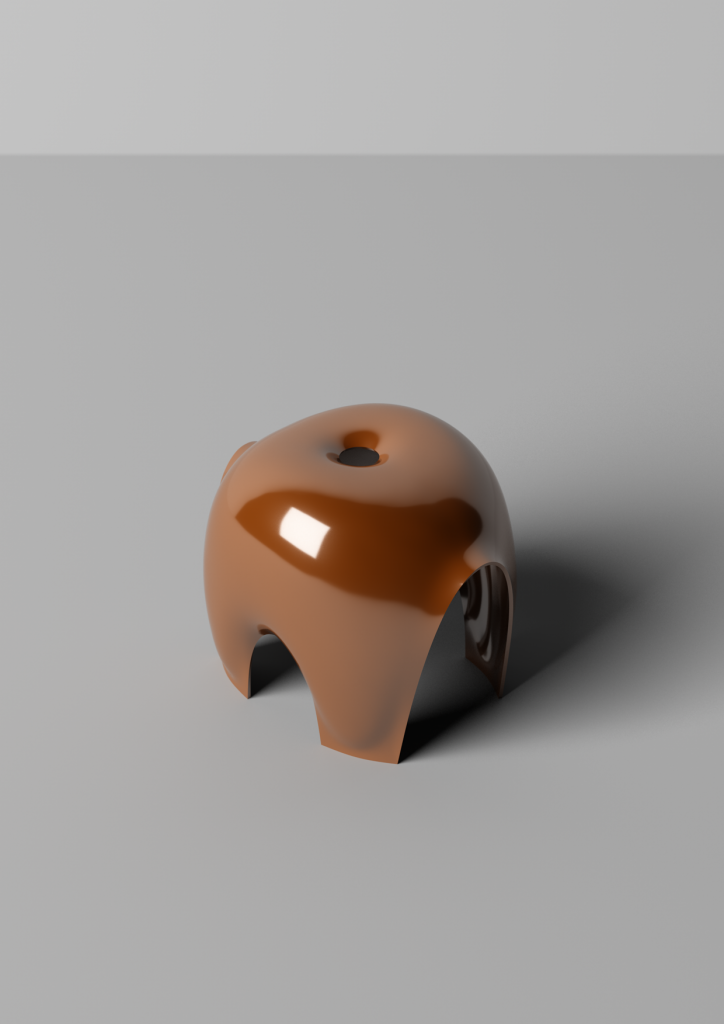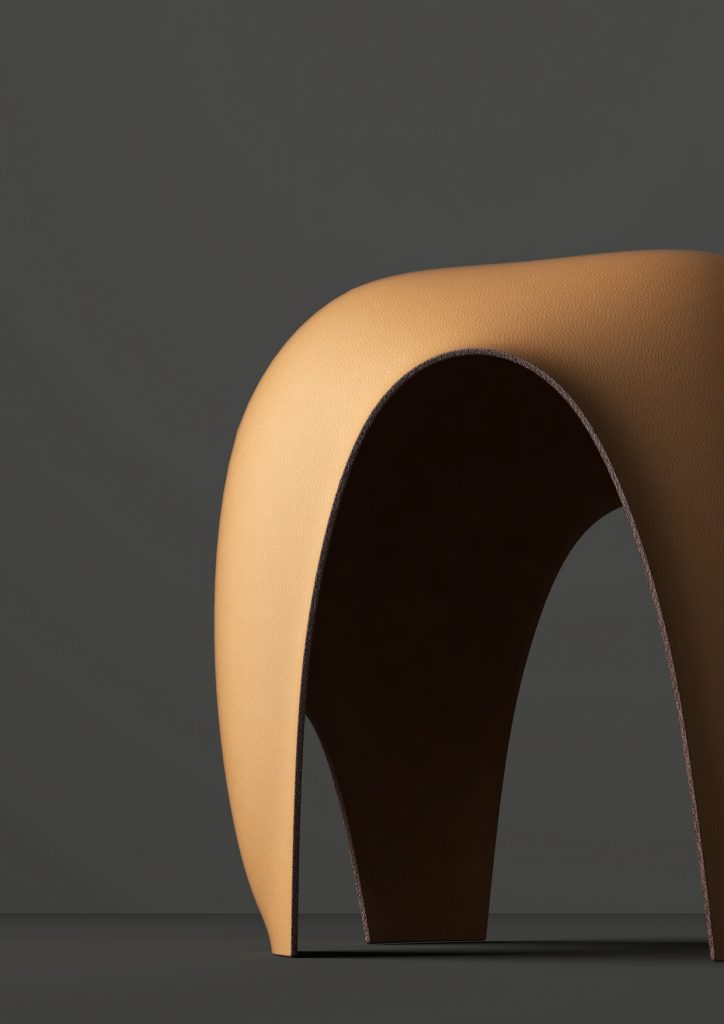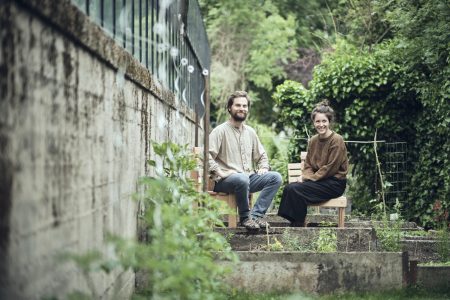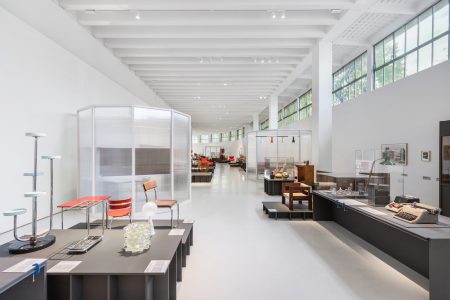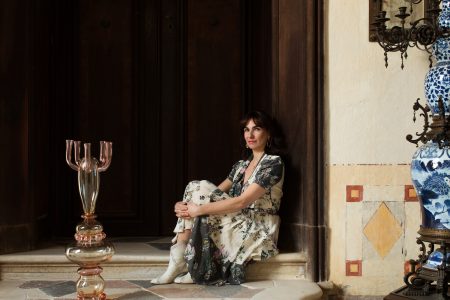Aldo Bakker: Scale Follows Form
Aldo Bakker contributed a carte blanche feature in the 2023 issue of TLmag39: The Culture of the Object, which included a text by Ernst van Alpen. This online version is an adaptation of the print.
Size is relative. There are no absolute standards for size and scale, for smallness or largeness, because the body of the beholder is the standard by which we gauge the size and scale of objects. Sculptures, for example, extend in space and as a result are proportionally smaller or larger than the beholder’s body. This is a fundamental principle of how we relate to sculpture, but also to the world of objects around us.
The fact that the human body is the standard for experiencing scale implies that not only the visual quality of size is ‘measured’ by the beholder, but also that other senses than sight are involved in how we relate to the world of objects. The sensory qualities of objects can- not be separated from the consciousness of the person that is seeing them. Although the spatial size of objects is considered to be more objective than the qualities noticed by other senses, also those other senses deter- mine the way one experiences the scale of objects. Aldo Bakker’s work Ring, Table, Bracelet (2022) demonstrates the sensory involvement of the beholder of scale extremely well. The work consists of three objects: Ring Table, Ring, Ring Table, Bracelet, Ring Table, Side Table with exactly the same form, but of different sizes and made of different materials. They are all three titled Ring Table, because the form of each can stand, like a table, but the inside of each form is roundish because it is built out of fragments of circles, like a ring. The smallest object, Ring, is made of gold, the largest, Table, is made of walnut, and the one in between them is Bracelet, made of red urushi. Compared to the human body the ring is tiny: 25 x 14 x 26 mm. The size of this object is so small that the beholder wants to hold it and very often to wear it. The sensory quality of the gold helps, because gold attracts not only magpies but also humans. Imagine this tiny object to be in walnut; then, it loses part of its attraction.
The size of Ring Table, Bracelet is 90 x 50 x 87 mm. It is larger than the ring and much smaller than the side table. Because the size is larger than the ring, one’s first reaction is not to hold it in one’s hand. One feels inclined to touch it, but one is not sure if that is a good idea. One respects a certain distance, which comes in part by its material: red urushi. This material is first of all fascinating. It is glossy, like gold, but one is not sure what the glossiness covers. The ambiguity of scale and material of this object is ideal for the function of brace- let: one wears it without touching it with one’s fingers.
The scale of Ring Table, Side Table is considerably larger than the other two objects with the same form, namely 462 x 255 x 450 mm; it is made of walnut. The scale is still much smaller than the one of a human body, but still, a beholder will not immediately feel the inclination to hold or touch it. It is a being in its own right, which enforces a certain respect and as a result, distance. The material quality of walnut intensifies the quality enforced by the object’s scale. Because of its larger scale the form is no longer a tiny object one wants to hold or wear, but it becomes a being in its own right. In other words, the function of side table is enforced by the scale of this object and by the material quality of walnut in which the function of side table is realized. Form does not follow function, but the other way around. There is yet another version of Ring Table, which can be used as a console. It is made of Salome marble and its size is larger than the side table, namely 820 x 458 x 800 mm. When the scale increases we see a specific form transform from thing into object into a being – all in relation to the human body that touches, wears, or faces it.
In Bakker’s working practice function follows form. He reverses two dogma’s that have become prevalent in the twentieth century in the world of design: “Form follows function”, and “What you see is what you get”, meaning that an object immediately discloses how it was made and for what it can or should be used. The first dogma concerns the maker or designer of objects, the second one the beholder and user of them. Bakker’s objects violate these rules insistently. He always starts with a specific form that fascinates him. Through sketching and modelling he then tries to understand and develop the form. Having understood the logic that defines that specific form, he starts to reflect on the possible meanings and affective qualities of that form. In this respect it is crucial that function should not be conflated with meaning; function is only one meaning among other possible meanings. Scale plays an important role in this working process in which function follows form. When Bakker begins his practice with a fascinating form, the next step is the size of the imagined form. Trying to understand and develop the form means to attribute a size to the form, to imagine its scale. A specific form requires a specific size and is limited to a specific function or, as in the case of Ring, Table, Bracelet, to a limited number of functions. In this case, to imagine the same form as a sculpture of human scale would be ridiculous; But what about the forms that Bakker realized in his works 2in1 and B? For example, B, was constructed in differ- ent sizes and materials as autonomous objects without function, in other words, as sculptures. But it is quite possible to develop this form as a sculpture of human size. When one increases the scale of this object, the beholder will respect it more as a being, instead of thing or object. But of course, this is not possible with all forms.
2in1 is another interesting form that can be realized in different objects with a different scale. The object is autonomous, it does not result in a specific function. It is possible to realize this form as a small object, with a tiny scale, for example as a sculpture that can stand on a table. But it can also be larger and function as stool. But why not realize it on an enormous scale, so that it can be a little pavilion through which visitors can walk or in which they can hide? Of course, such a scale requires another material to realize it in.
What Bakker’s objects, sculptural or not, demonstrate, is the crucial role of scale. Scale is not arbitrary or the result of the object’s function, but is enforced by the form as imagined by the artist.
www.aldobakker.com
@aldobakkerstudio
Ernst van Alphen is a cultural analyst living in Amsterdam and Paris. Recent books are Seven Logics of Sculpture. Encountering Objects Through the Senses(2023), Productive Archiving. Artistic Strategies, Future Memories, and Fluid Identities (ed. 2023), Failed Images. Photography and Its Counter-Practices (2019), Shame! And Masculinity, (ed.2020).
